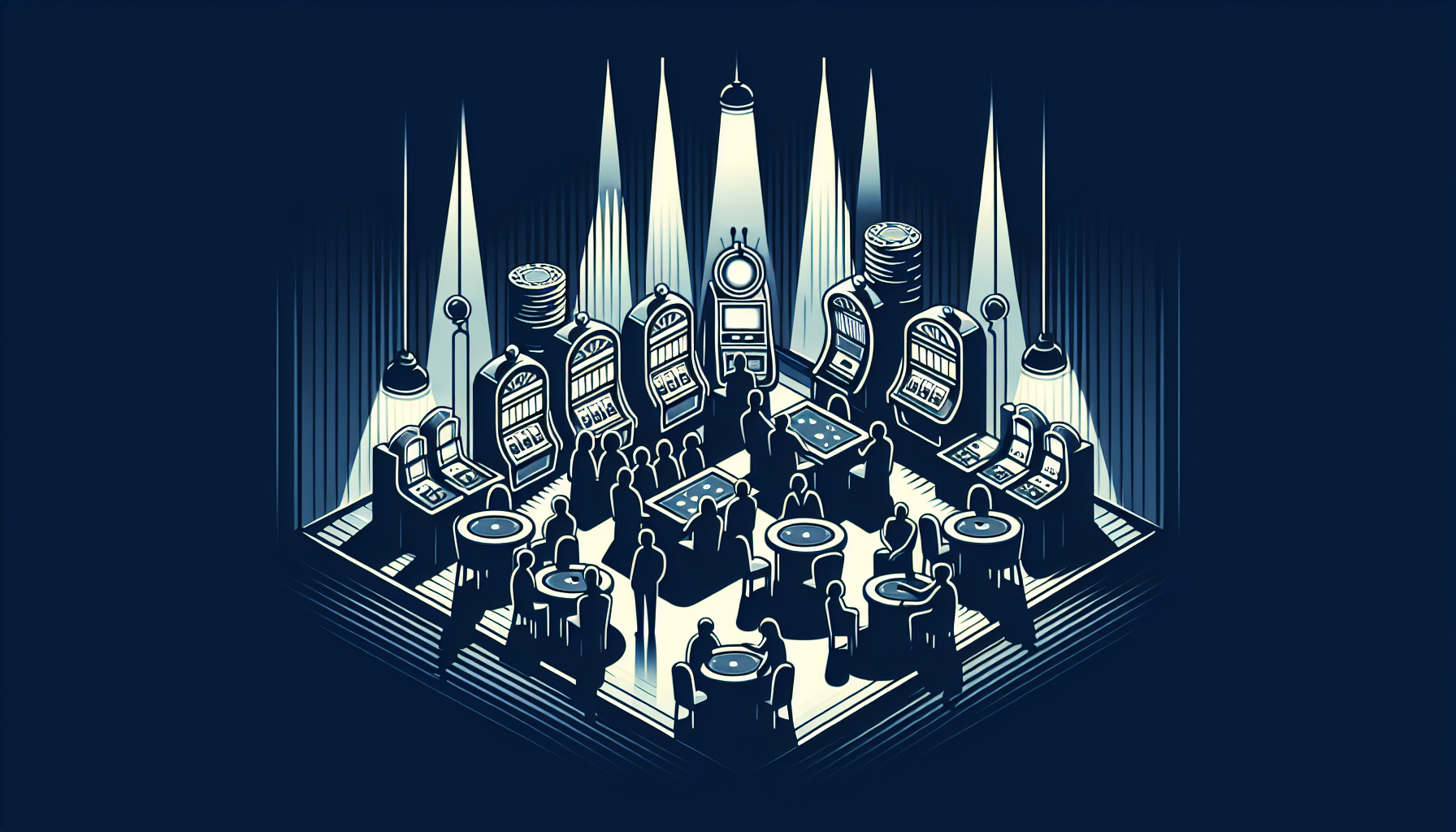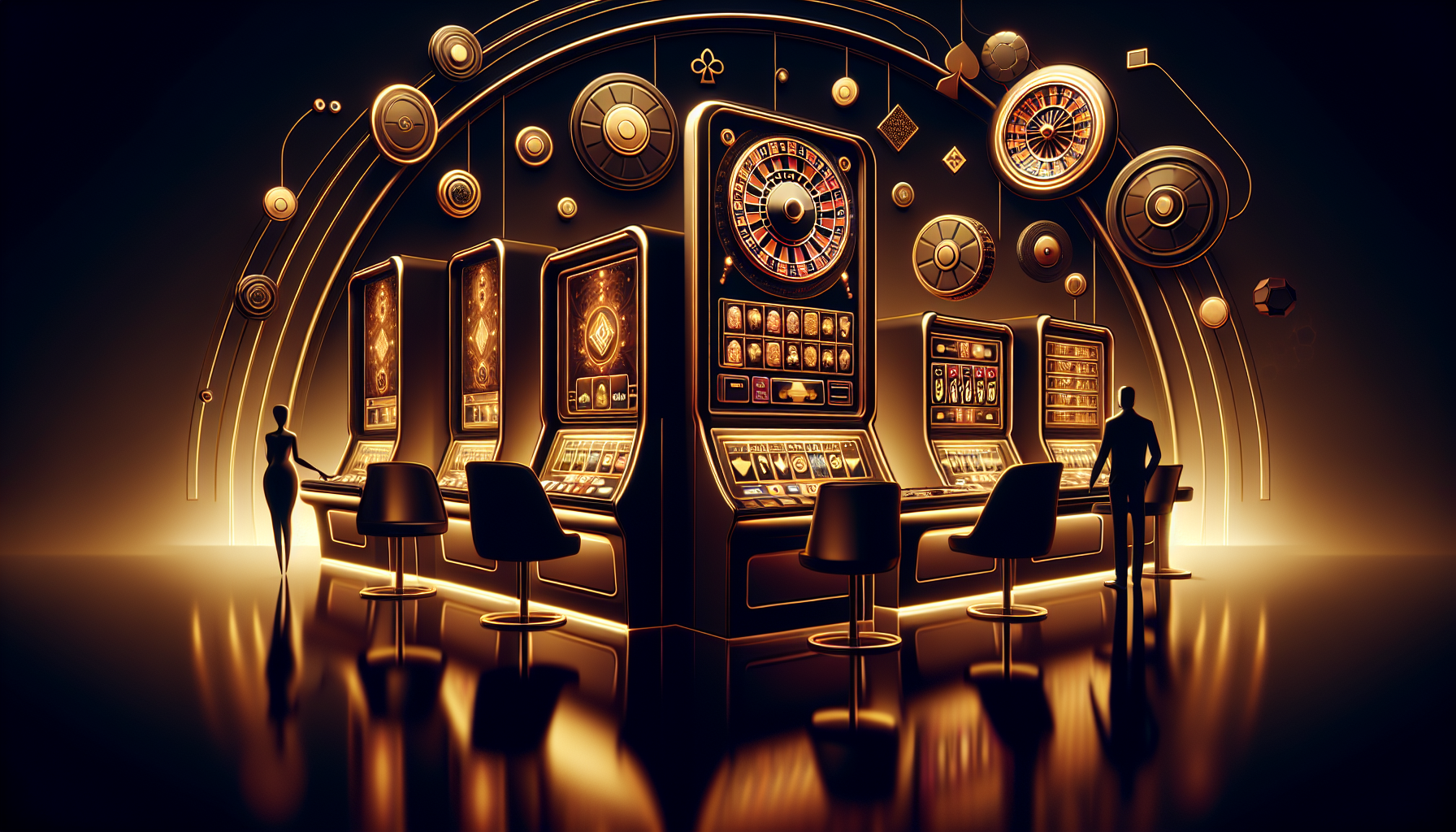
For centuries, casinos have held a strange thrill for society — they are places of risk and scintillation. Thus, amidst this tenuous balance, gambling has found its way into the very sine of our sociology. In art forms like film, music, and literature, these institutions and activities have amused us but also fashioned ideas and thereby mores about gambling and games of chance.
Casinos in Film
Casinos, with their dazzling lights and high-stakes allure, have been a goldmine for filmmakers. Movies often elevate these gambling houses to iconic status, using them as playgrounds for the rich and wild. Films like “Casino Royale” and “Oceans’ Eleven” romanticize the casino experience. Sharp dressed gamblers, beautiful women, and thrilling heists create an attractive image that stokes the desires of audiences worldwide.
The sparkling facade of casinos in movies often emphasizes the rush of winning big, the charm of sophisticated luxury, and the lure of danger. This portrayal can lead viewers to associate gambling with a luxurious, adventurous lifestyle, even if it is far removed from their realities.
Films also explore the darker side of gambling. Movies like “Casino” and “Rounders” reveal the grim realities behind the high-stakes world. Themes of addiction, deceit, and financial ruin paint a more authentic picture of the gambling industry. These portrayals can serve as cautionary tales, tapping into the fears of losing control or getting in too deep.
While glamorous depictions may attract aspirants, these more sobering views can instill a sense of caution. Thus, the duality in film representations illustrates the intense push-pull influence casinos have on public perception — both riveting and repellent.
Music
Music frequently mirrors the themes of risk, fortune, and loss associated with gambling. From Elvis Presley’s “Viva Las Vegas” to Kenny Rogers’ “The Gambler,” musicians encapsulate the thrills and pitfalls of betting life. Such songs often romanticize the gamble, treating it as a metaphor for life’s unpredictable journey.
These tracks tend to evoke feelings of optimism and the possibilities of a brighter, if risk-laden, future. They shape audiences’ outlooks on gambling, often painting it as the ultimate test of courage and resilience, rather than an outright vice.
Casino-themed music helps sell the atmosphere of extravagance and fun. Clubs and lounges within casinos often set the mood with live bands or upbeat tunes, creating an inviting ambiance that encourages visitors to stay longer, and spend more. Music, in this context, becomes an essential tool in shaping the environment and enhancing the gambling experience.
In turn, listeners and gamblers alike might begin to associate the rhythmic beats and lively melodies with positive emotions and experiences, thereby reinforcing their inclination toward gambling.
Gambling in Literature
Books have explored the various dimensions of gambling long before it became a major cinematic theme. Classics like Dostoevsky’s “The Gambler” delve deep into the psychological grip that gambling addiction can take on an individual. By presenting well-rounded characters embroiled in games of fortune, literature provides readers with insights into the emotional and moral complexities of gambling.
These narratives can foster a better understanding of the potential dangers and psychological impacts of gambling addiction. Through character studies, readers are able to connect more intimately with those affected by compulsive betting behaviors.
In modern literature, casinos often take on a persona of their own, acting as living, breathing entities that shape the destinies of the protagonists. The settings in novels like Ian Fleming’s James Bond series or Hunter S. Thompson’s “Fear and Loathing in Las Vegas” offer more than mere backdrops — they are integral to the stories’ excitement and tension.
By granting casinos such strong, almost sentient roles in literature, authors reinforce their mythical status and make readers curious about these real-world locations. The draw of the unknown, coupled with the authentic highs and lows of the characters, provides a compelling reason for readers to explore the world of gambling themselves.
Fashion
Casinos and high fashion go hand in hand. Think James Bond in his dapper suits at the poker table or the glamorous gowns worn by actresses portraying casino sirens. The luxurious atmosphere of many casinos provides the perfect backdrop for high-end fashion, creating a unique relationship where each enhances the other’s appeal.
High-stakes environments like Monte Carlo or the fanciest Las Vegas casinos often see patrons dressed to the nines. This has created a niche for high-end fashion brands who view casinos as runways for their latest creations. The very essence of cutting-edge couture is often inspired by the elegance and sophistication often found within casino walls.
Shaping Public Opinions
The influence of casinos on popular culture serves to both glorify and demonize gambling. Many people who have never set foot in a casino have built an image of it based on how it’s been presented in movies, music, and literature. They may understand the potential dangers, thanks to grim storytelling, but the allure of glamour and big wins often overshadows the risk in the public’s collective mind.
There’s an ongoing discussion about the ethical implications of how casinos and gambling are portrayed. While positive depictions can glamorize and entice, there is also the concern of promoting addictive behaviors. How these elements are balanced in media and art plays a crucial role in shaping societal views.
Creators have a responsibility to present a nuanced view that acknowledges both the thrills and dangers, helping audiences form informed perceptions.
Within popular culture, casinos and gambling are always a pertinent topic, shaping public perception through their portrayals in film, music, and literature. Whether it be silver screen robberies with a twist of brilliance, fortune-laden melodies in song, or hazardous addiction in prose, these manifestations create a tapestry of ambivalent imagery around the gambling milieu. People who watch, listen, read are served a mixture of Siren-like entrancing and abundant caution, thus inevitably affecting the present and evolving perceptions of engaging in Lady Luck’s court.

